This week’s how-to garden article and corresponding podcast are all about growing your very own strawberry crop in your backyard – whether planting in a traditional garden, raised beds, or even pots and containers.
Strawberries are one of the most popular fruits of all to grow at home. The super sweet berries are perfect for devouring fresh, or turning into incredible jams, jellies and pies. And contrary to popular belief, the perennial crop is actually a simple crop to grow and maintain.
You can listen in below to our complete podcast on growing strawberries, or read on for our in-depth article on the subject. Either way, you will be ready to plant, grow and harvest a delicious strawberry crop for years to come!
The Ease of Growing Strawberries
One of the best aspects of growing strawberries is that they are a perennial crop. Unlike vegetable garden plants that need to be replanted with each new growing season, strawberries are a perennial crop that come back year after year.
In fact, by simply replanting fresh starts (runners) from your existing plants every few years, you can keep a bed producing indefinitely.
But when it comes to success with growing strawberries, it all starts with knowing the right varieties to grow for your needs, and planting them in the right location with the nutrients and cover they will need for long term growth and sustainability.
With that in mind, here is a look at the various types of strawberries you can grow, and how to best plant them for big berries and massive yields!
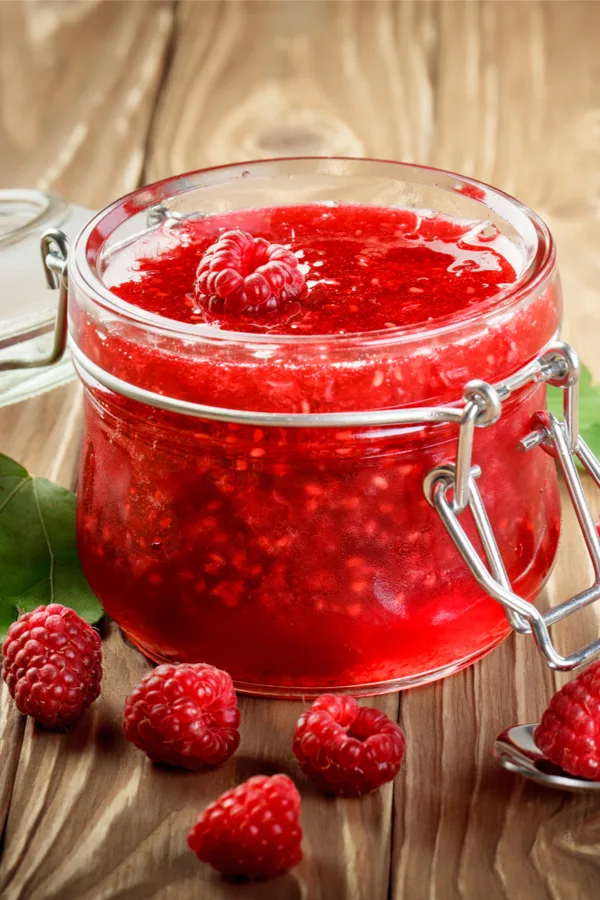
The Difference Between June Bearing & Everbearing Strawberries – How To Grow Strawberries
There are two main types of strawberry plants you can grow, June bearing and Everbearing. Both can be juicy, sweet and delicious. And both can provide fairly large yields each year. But it is how and when they produce their yields that makes them different.
June Bearing
June bearing strawberries earn their name because in most climates, they produce nearly all of their harvest during or close to the month of June. The June bearing types have one major harvest period in late spring to early summer.
The plants flower at the same time, and then ripen their berries over a 3 to 4 week period. Once they complete this cycle, they are complete for the year.
June bearing strawberries tend to be a little larger than everbearing varieties. They are perfect for both fresh eating and preserving, whether it be jam, jellies or even freezing them whole.
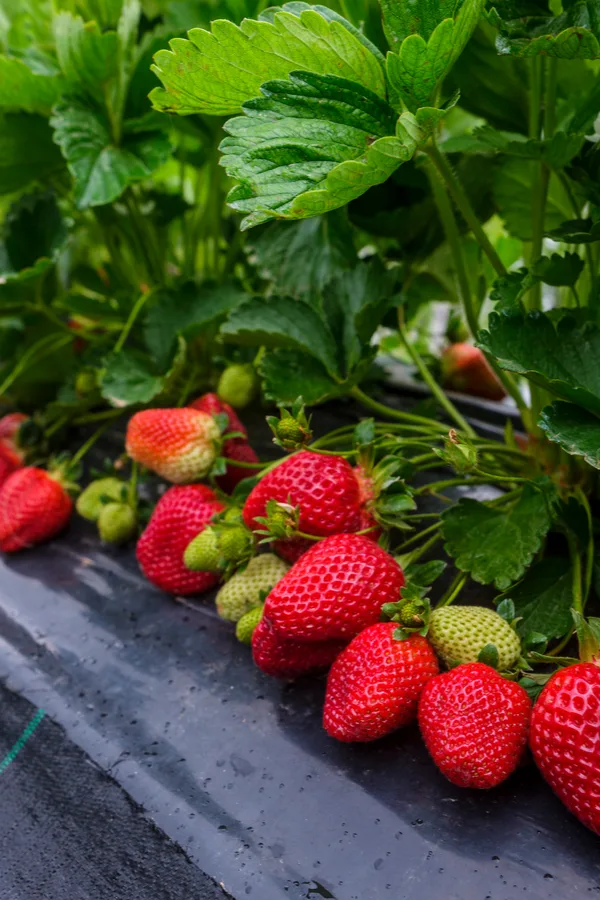
Many gardener who love to preserve prefer to grow June bearing strawberries because they produce a big harvest all at once. That makes finding enough berries for jellies and jams easy – and fast!
June bearers almost always grow in traditional garden or raised row or bed settings. Their larger size makes them suitable to this growing environment, and not for containers or pots.
Everbearing Strawberries
Unlike June bearing types, everbearing strawberries produce fruit all season long. Everbearing will flower about the same time as June bearers in late spring for their first crop.
Their initial crop is not nearly as large as June bearing types, but the good news is, they keep on flowering and fruiting again and again.
Everbearing types are a good selection for those wanting a constant supply of fresh strawberries all season long. They are wonderful for enjoying fresh, or as a topping on yogurt, ice cream or cereal. But they can also be used for preserving as well as long as you have enough on hand.
Everbearing strawberries are extremely versatile to grow. They can grow well in a traditional garden setting, raised beds, or in pots, containers and baskets.
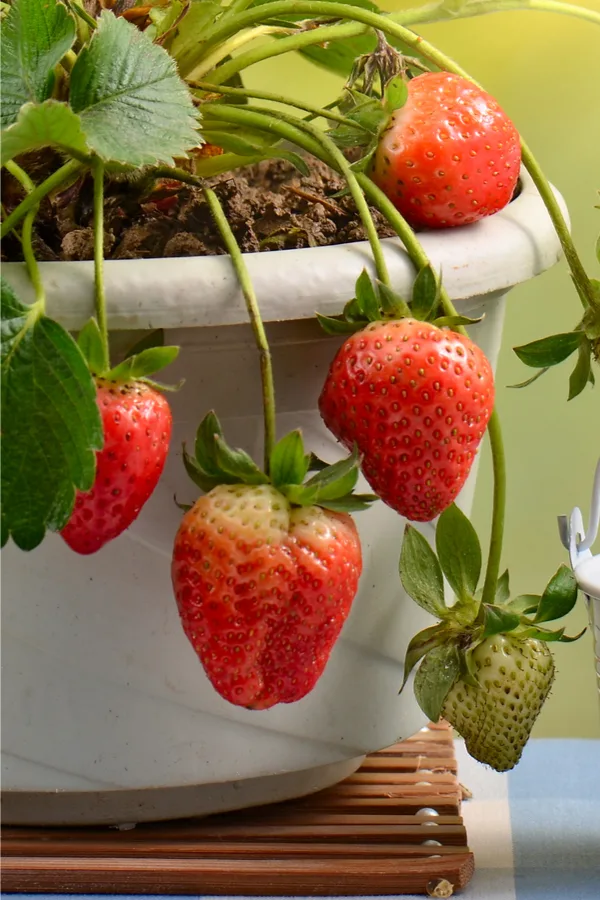
Everbearing varieties tend to have smaller root systems, and can adapt to less space. But don’t think these berries aren’t big or tasty! Everbearing strawberry varieties have come a long way in recent years.
In fact, some varieties are producing berries that rival June bearing for size, flavor and even yields. Now that we know the two types of strawberries, let’s take a look at how to plant them!
How To Grow Strawberries
When To Plant
Your climate will determine when you want to plant your strawberries.
- For areas with cold winters, planting is best done early in the spring.
- If you live in a warmer climate with more temperate winters, plant in late fall for a first crop the following early spring.
When planting, remember that the first season will always produce smaller berries and a smaller harvest. Like many perennials, strawberries take a bit of time to develop and establish their roots. But once they do, they can produce quite the crop.
Preparing The Soil
Strawberries grow best in fertile soil that is well draining and filled with nutrients. Since strawberries are a perennial crop, you need to amend the soil prior to first planting. This will put a steady supply of nutrients in place to give them years of productive growth.
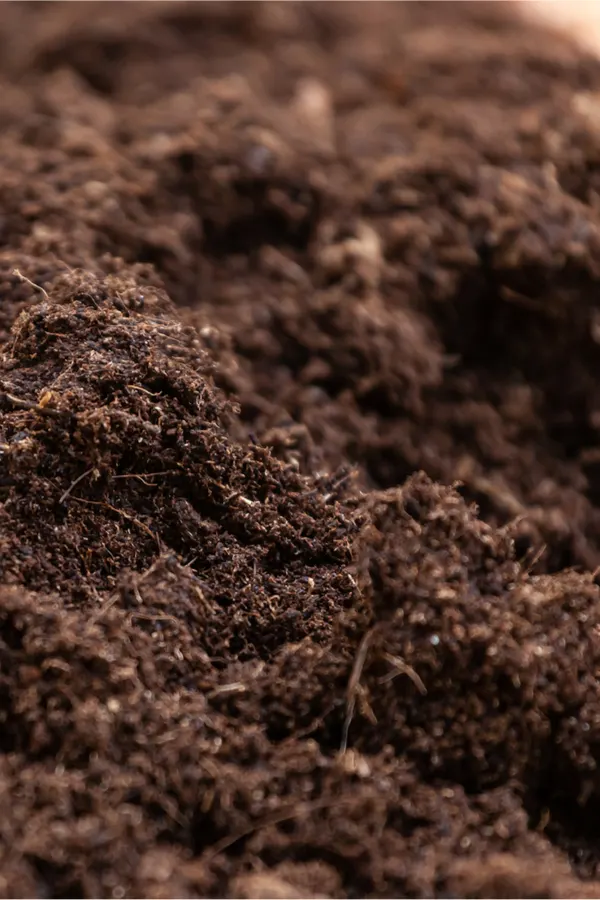
When it comes to preparing the soil for planting, compost is the key! Compost is full of the nutrients young strawberry plants need to reach their potential. It also happens to be in a form that can be easily absorbed by the plants as well.
When preparing your soil prior to planting, work plenty of compost into the surrounding soil. If the soil is heavy or clay-like, add in a bit of sand as well to help with drainage. See : How To Make Compost Fast!
Finally, when planting, add a 50/50 mix of existing soil and compost back into the planting holes of each plant to build soil strength and better drainage.
Planting Instructions – How To Grow Strawberries
When planting in the ground or raised beds, follow these simple tips for best results:
- Strawberries do best when planted on raised ground within the rows.
- Mound up the soil to form rows that are 8 to 10 inches wide by a few inches high.
- Taper the mounds down on each side to help shed off excess rain or water.
- Plant young transplants 10″ apart in the rows. Allow for 18 to 24″ between rows to walk and pick easily. Raised beds can be crowded more since you will not be walking to harvest.
- Plant so that the upper portion of the crown is just slightly above the level of the ground. The crown is the portion that is directly above the root area, and below the first set of leaves.
- As you plant, make sure you press in the soil gently around the roots to prevent plants from heaving out.
- Keep well watered while establishing in the soil.
Using Landscape Fabric
Using landscape fabric or black plastic as a weed barrier can help keep competing weeds out. It will also help to protect the berries from rotting when touching soil. We prefer landscape fabric over plastic as it can breathe and allow water and nutrients through as well.
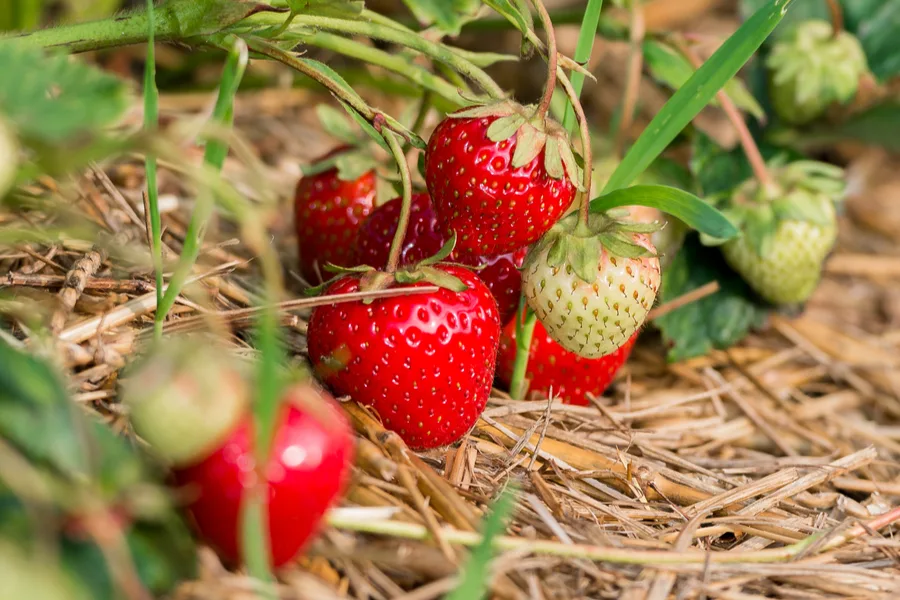
Create your planting rows and then roll out the fabric over them. Cut holes out for plants by making a few slits with a knife to allow for planting and watering. Finish by adding a 2 to 3 inch layer of straw mulch.
After Harvest Care – How To Grow Strawberries
- Once established, June bearing strawberries benefit greatly from being cut back after they finish producing.
- This helps to grow a stronger root system, and encourages new growth and blooms for the following year.
- Plants can be mowed off or cut back to the ground in the first few weeks of July.
- Mowing off in early summer allows the plants plenty of time to grow back before winter. This is important to both protect plants, and grow out their buds to become next years strawberries.
- DO NOT MOW OFF LATE!
At the time of mowing off, apply an inch or so of compost on top of the plants. As the compost breaks down, it adds nutrients back in the soil, feeding the plant’s roots for next year’s crop.
The best time to fertilize strawberry plants is following the harvest and in early spring before they begin to grow. Use a slow release balanced fertilizer with an equal ratio of Nitrogen, Phosphorus and Potassium. Product Link : Jobe’s Organic All Purpose Fertilizer
Before Winter Care
- As late fall approaches, mulch plants with 4 to 6 inches of straw, shredded leaves, or pine needles.
- This helps them through the frigid winter months, preventing the risk of freezing out.
Because strawberries prefer the soil to be more on the acidic side, this is one time where pine needles make for an excellent mulch.
Transplanting New Runners
Although a perennial, as plants age in years, they will begin to decline in production. After 4 or 5 years, it is best to start replacing the original plants with new offshoots from the main plant. These are younger versions of their “parents” and have more energy and life.
- Use runner plants that have established from the main plant.
- This can be done when plants finish production
- Remove the old portion of the plant and replant the newer offshoots. They will settle in by the end of the growing season to become next years “new” plants.
Potted Strawberry Plants
When growing potted or container strawberries, select smaller Everbearing varieties. Everbearing types tend to have smaller roots, and they will be easier to manage.
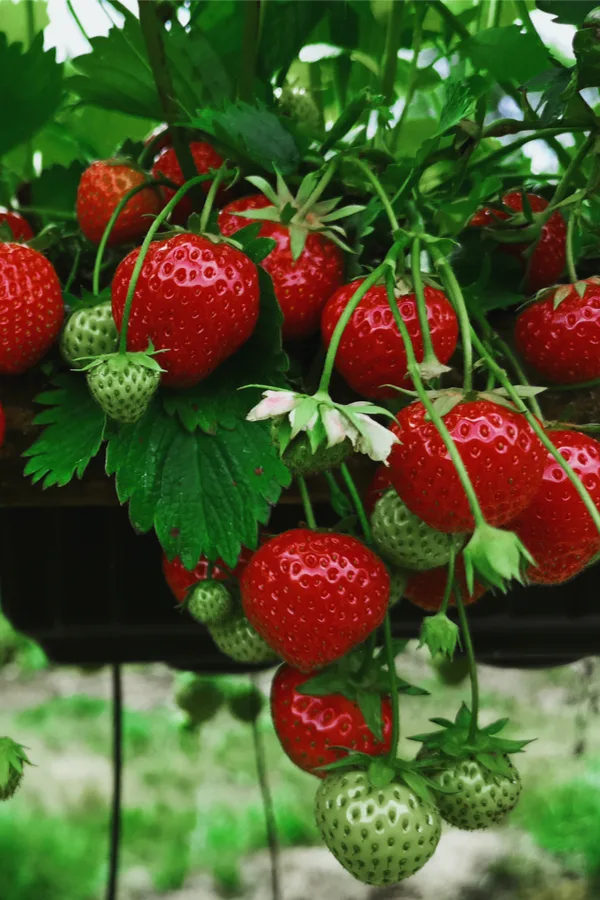
Everbearing can also be planted in regular beds and garden spaces with great success, but if you want to grow in pots, they are a much better choice than June bearing varieties.
Plant in good quality potting soil, mix in compost, and water in well. Keep in an area with full sun to allow plenty of light to produce and ripen berries. Keep watered well as pots will dry out faster versus soil planted strawberries.
Winter Care
Move pots to an unheated garage, barn or basement, but out of intense cold weather. Allow the plants to go dormant. You will still need to water occasionally to help keep them from completely drying out.
As spring and the threat of frost or freeze diminishes, move the plants back outdoors. Remember to bring them back in on extremely cold or frost-predicted evenings. Fertilize with an all-purpose 10-10-10 fertilizer blend in early spring to supply potted plants with nutrients.
Now that you know what to plant and how, here is a look at a few of our favorite strawberry varieties to grow!
Best Varieties To Grow – How To Grow Strawberries
June Bearing
All-Star Strawberries: This June bearer variety has good flavor, size and texture. It is our go-to plant for sure! Product Link : All Star June Bearing Plants
Earliglow: This is a deep red and shiny strawberry – another great choice for June bearing. Firm and very sweet. Product Link: Earliglow Strawberry Plants
Everbearing
Ozark Beauty: If you are looking for an everbearing variety that is good in both cold and warmer climates, this is it! Excellent for patio planters or a small patch as well. Product Link : Ozark Beauty Strawberry Plants
Conclusion
When planting strawberries, start by picking the best type to grow for your needs. Everbearing will give you a steady supply all season, while June bearing will produce a large crop all at once. It is also a great idea to plant a few of each!
Be sure to amend your soil with compost to help with drainage and nutrient levels in the soil. Use a good quality landscape fabric to help keep weeds out from between plants. Water well, especially the first year, and use new starts after 4 to 5 years to keep strawberry plants thriving.
Here is to growing your own delicious crop of strawberries this year, and for many years to come!
Follow Our Facebook Page For Even More Great Tips! Simple Garden Life Facebook Page
Simple Garden Life is a website dedicated to keeping gardening fun, simple and enjoyable! We publish two new articles each week along with a new garden podcast episode every two weeks. This article may contain affiliate links.
